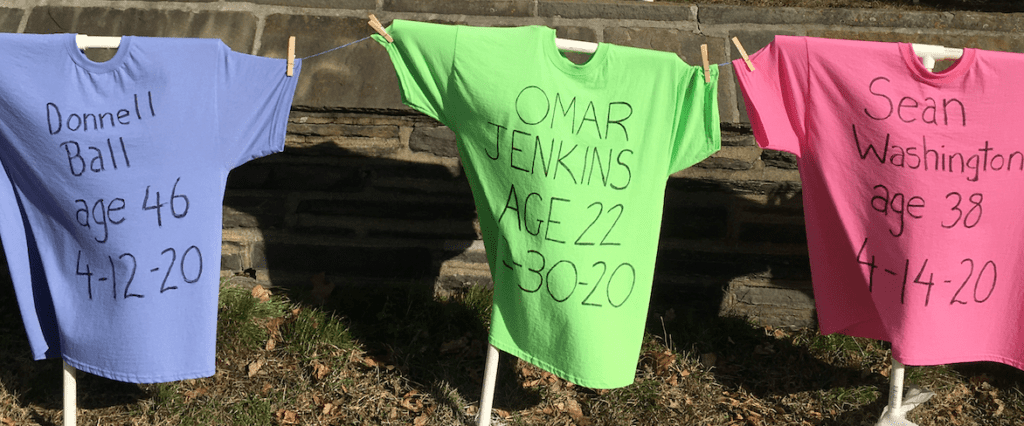
Reporting on traumatic events can present special challenges and responsibilities related to the well-being of journalists, the people we engage with and the audiences and communities we serve. Please take advantage of these and other resources from the Dart Center for Journalism and Trauma:
Reporting gun violence
- Resources for Editors and Reporters Covering Gun Violence (2022)
- The Dart Center Style Guide for Trauma-Informed Journalism (2021)
- Covering Gun Violence (2017)
Harm reduction
Self-care
- Self Care Tips for News Media
- Self-Care Amid Disaster
- New Media Landscape, Less Media Safety
- 8 Ways Freelance Journalists Can Practice Self-Care
- Student Journalist Perspective: Self-Care Practices for the Newsroom
For editors
- Reporters Exposed to Traumatic Events: Tips for Managers and Editors
- Editor Perspective: Self-Care Practices and Peer Support for the Newsroom
Lifelines
If you or someone you know is suicidal, in crisis, or in need of general mental health support, please know help is available. You can contact your physician, local hospital emergency room, or any of the hotlines, text lines, web chats, and support groups listed below. Most are free and confidential resources. Many are available 24 hours a day, 7 days a week.
• National Suicide Prevention Lifeline: 988
• Crisis Text Line: 741741
• Lifeline Chat web chat service
• Samaritans’ Helpline: (877) 870-4673 (available in 240+ languages)
Journalists: Take this online course on Responsible Reporting on Suicide. (You can audit for free or pay to get certified.)